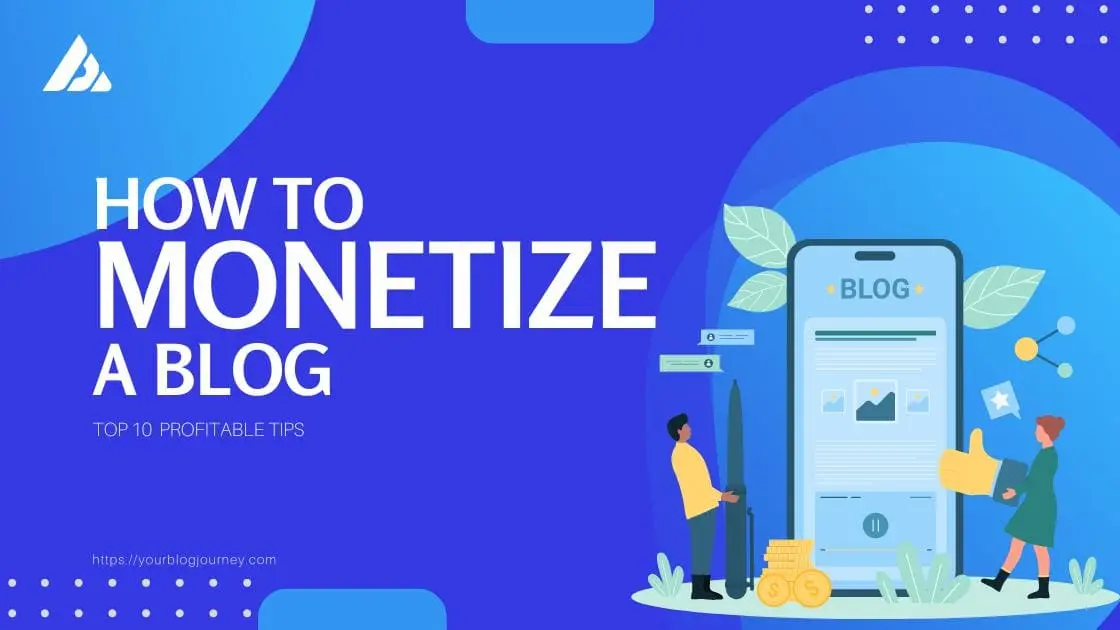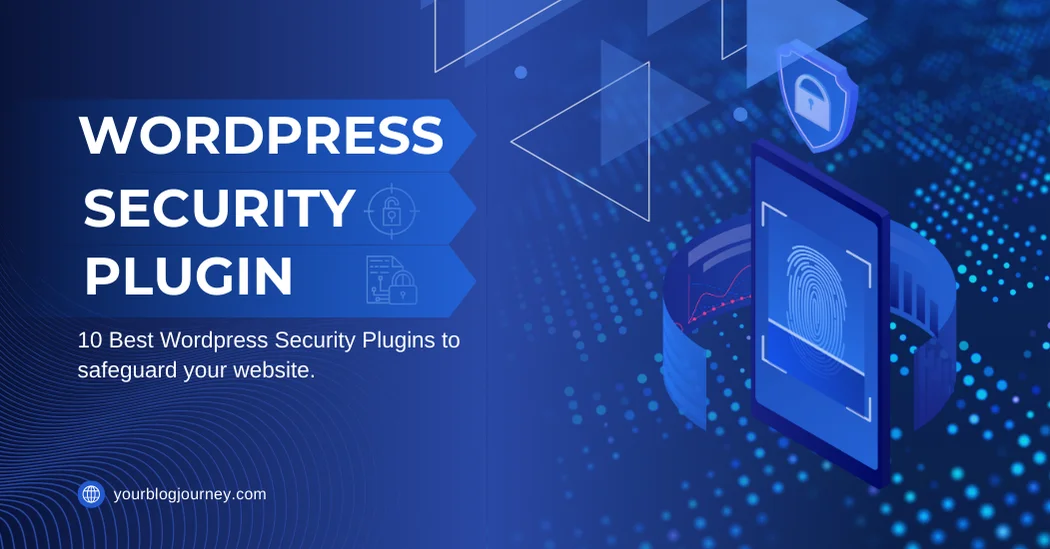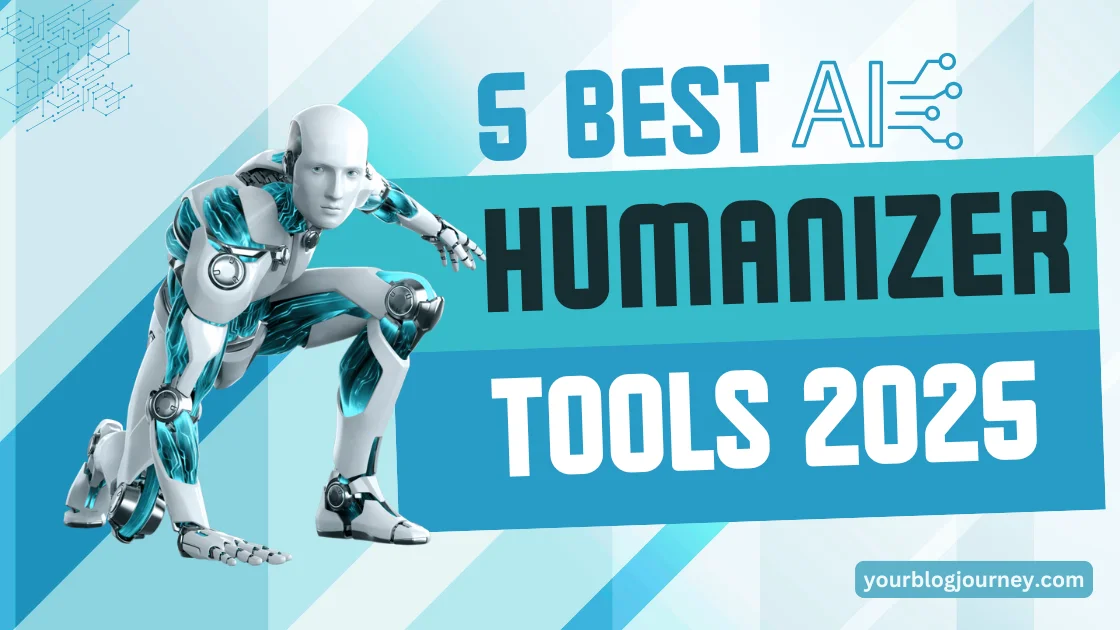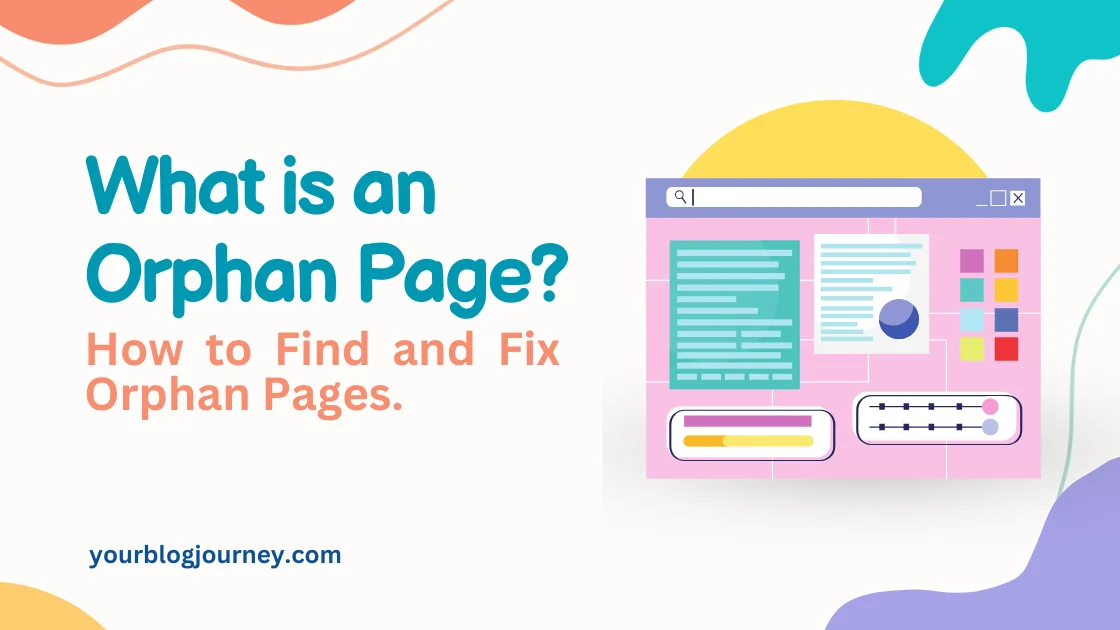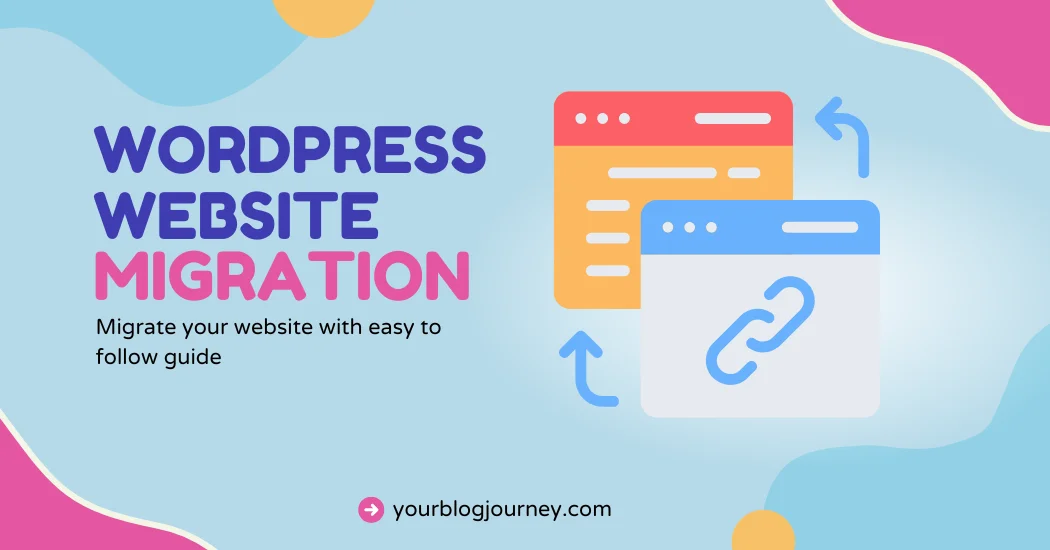Monetization of a blog is vital for bloggers who want to turn their passion and make it a profit-earning source and provide financial support to continue creating valuable content for their readers. Successful monetization can help you cover hosting fees, invest in better tools, and even transform blogging into a full-time career. There are various profitable tips on monetizing a blog, so let’s explore these tips to determine which aligns best with your blog’s niche and target audience.
When Should You Start to Monetize Your Blog?
Timing is crucial when it comes to monetizing your blog through ads. The best time to start thinking about monetization is after establishing a solid content foundation and a consistent traffic stream. Having many high-quality posts that engage with your audience is essential.
Ideally, your blog should have at least 40-50 posts. Monetizing too early can be detrimental, as it may drive away visitors if the content needs to be more compelling.
Top 10 Tips on How to Monetize a Blog
These top 10 tips on how to monetize a blog will help you generate regular revenue and increase traffic.
1. Exploring Various Ad Networks and Revenue Models
Joining ad networks like Google AdSense, Ezoic, Mediavine, Media.net, and AdThrive is one of the most common ways to monetize a blog and create a reliable revenue stream. Across different ad networks, there are different revenue models to consider:
- Cost Per Click (CPC): Earn money every time a visitor clicks on an ad, a direct way to make money from ads on your blog.
- Cost Per Mille (CPM): Earn money for every 1,000 impressions an ad receives.
- Cost Per Acquisition (CPA): Earn money when visitors complete a specific action, like signing up or purchasing.
Here’s a table comparing some of the most popular ad networks. This will help you understand which might be the best for starting your blogging journey based on different parameters:
| Ad Network | Minimum Traffic Required | Average CPM (Cost Per Mille) | Pros | Cons |
|---|---|---|---|---|
| AdSense | None | $0.20 – $5.00 | Easy to set up, widely used, no minimum traffic | Lower CPMs, account suspension risks |
| Ezoic | None | $10 – $20 | AI-driven ad placements, high revenue potential | Requires approval, initial learning curve |
| Mediavine | 50,000 sessions/month | $10 – $25 | High CPMs, excellent support, easy setup | High traffic requirement, approval process |
| Media.net | None | $1 – $10 | Good for niche sites, Yahoo/Bing partnership | Lower earnings for smaller sites, approval needed |
| AdThrive | 100,000 pageviews/month | $15 – $30 | Highest CPMs, premium service, dedicated support | Very high traffic requirement, strict approval |
For beginners, Google AdSense and Ezoic are excellent starting points:
- AdSense: It has no minimum traffic requirement, making it accessible for new bloggers. It’s easy to set up and use, though the earnings might be lower than those of other networks.
- Ezoic: It also requires no traffic and offers higher revenue potential with AI-driven ad placements. However, setting up and getting approved requires a bit more effort.
As your blog grows and you get more traffic, consider switching to Mediavine or AdThrive for higher CPMs and better support. These platforms require significant traffic but can significantly enhance your earnings once you meet their requirements.
2. Engaging with Sponsored Posts for Monetization
Sponsored posts are a great way to monetize a blog by promoting products or services you believe in. Companies pay you to write about their offerings. This is a common way bloggers make money. Some valuable tips on how you can start getting sponsored posts:
- Reach out to companies relevant to your niche as part of your digital marketing strategy to make money blogging.
- Negotiate terms and pricing based on your Blog’s reach and engagement.
- Create authentic, valuable content that aligns with your Blog’s theme.
- Disclose sponsored posts to maintain transparency with your readers.
3. Utilizing Affiliate Marketing Links & Programs

Affiliate marketing is another popular way to monetize your blog. Join affiliate programs like Amazon Associates, ShareASale, ClickBank, Rakuten, or CJ Affiliate.
Here’s a table comparing different affiliate marketing programs of Amazon Associates, ShareASale, ClickBank, Rakuten, and CJ Affiliate (formerly Commission Junction) on different parameters to help you understand which might be best for a new blogger:
| Parameter | Commission Rates | Best For | Pros | Cons |
| Amazon Associates | 1% – 20%, depending on product category | New bloggers and those looking for diverse products | Easy setup, no minimum traffic requirement | Low commission rates for some categories, short cookie duration |
| ShareASale | Varies by merchant; generally 5% – 20% | Bloggers looking for a variety of merchants | Wide range of products, reliable payments | Varies by merchant, lower earnings for small sites |
| ClickBank | Often 50% or more, sometimes up to 75% | Bloggers focusing on digital products | High commissions, great for digital products | Complex for beginners, digital product focus |
| Rakuten | Varies by merchant; generally 3% – 20% | Bloggers targeting high-ticket brands | Reputable brands, quality over quantity | Old-looking interface, higher minimum payout |
| CJ Affiliate | Varies by merchant; generally 5% – 20% | Experienced bloggers with a diverse content focus | A large network, many popular brands | Not beginner-friendly, complex dashboard |
Promote products related to your niche and earn a commission for every sale made through your affiliate links. Here are tips to get started:
- Choose affiliate programs that fit your niche.
- Integrate affiliate links naturally into your content.
- Create content around product reviews, tutorials, and comparisons to encourage clicks and conversions.
- Track your performance and adjust your strategy as needed.
4. Selling Digital Products
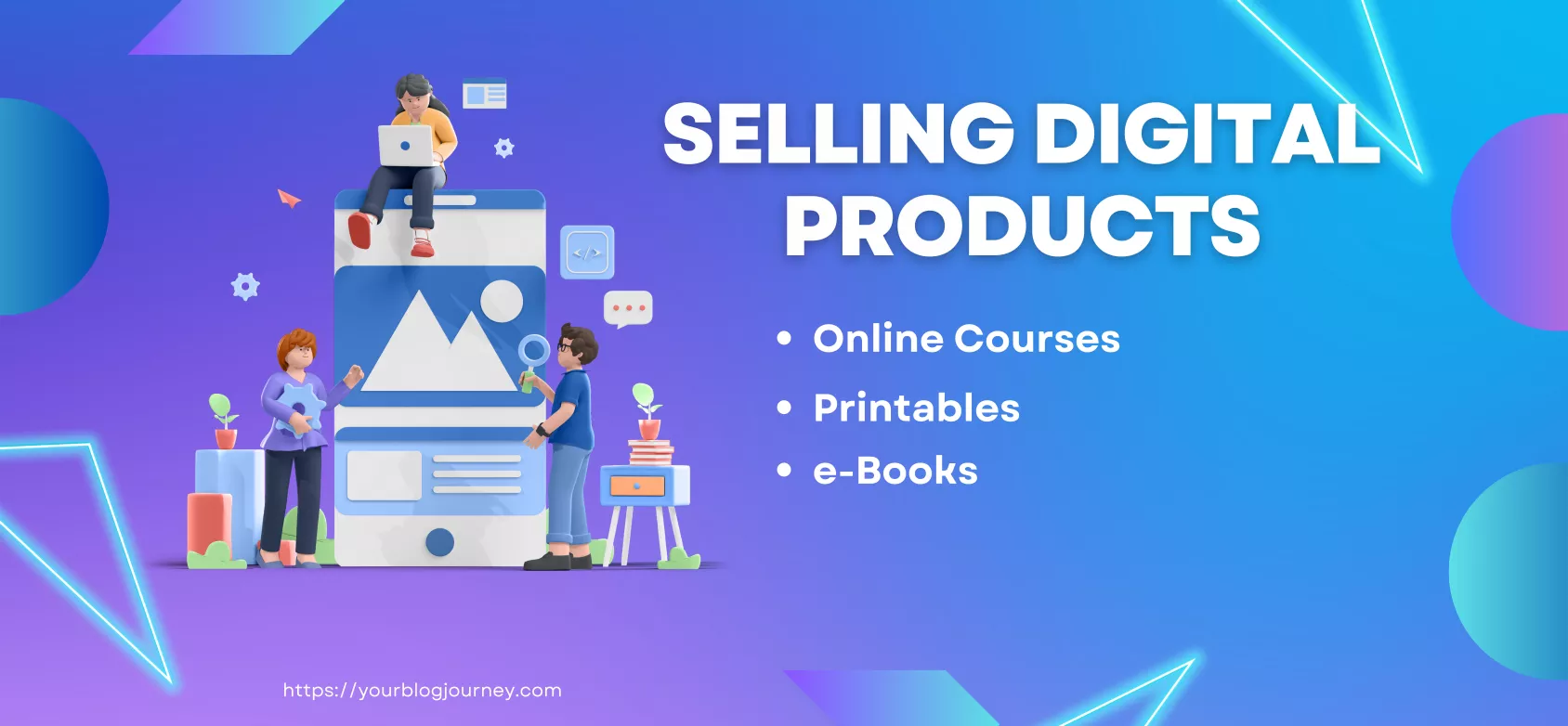
Selling digital products like e-books, printables, or online courses is an excellent way to generate passive income. These products provide valuable content to your audience while generating revenue for you.
- Identify topics your audience is interested in.
- Create high-quality digital products as a method to also monetize your blog.
- Use platforms like Gumroad or Teachable to sell your products.
Examples of Digital Products:
- E-books: Write a comprehensive guide or book related to your niche.
- Printables: Create useful printables like planners or checklists.
- Online Courses: Develop a course that teaches a specific skill.
5. Collaborating with Brands for Sponsored Content
Brand collaborations can be very lucrative. Partner with brands that align with your blog’s theme for sponsored content to enhance your blog monetization strategy. This can include blog posts, social media mentions, or product reviews. Ensure the collaborations are relevant to your niche to maintain credibility with your audience.
- Identify potential brands to collaborate with.
- Pitch your proposal clearly, highlighting mutual benefits.
- Create engaging, authentic content to promote their products.
- Participate in standout brand campaigns and explore practical ways to make money online.
- Host giveaways or contests sponsored by brands.
- Feature brands in your social media content.
6. Launch Successful Online Course
If you have expertise in a particular area, consider creating and selling online courses. Platforms like Udemy, Thinkific, or Teachable make it easy to host your courses. To launch a successful course:
- Please choose a topic your audience will find valuable and start a blog around it.
- Outline your course structure.
- Record high-quality video lessons and supplementary materials for your successful blog.
- Promote your blog, which will, in turn, promote your course
Online Courses offer scalability, i.e., They can be provided to an unlimited number of students, and you can earn continuous passive income from your course. Further, it establishes you as an expert in your field.
7. Implementing SEO Strategies
SEO is essential for increasing organic traffic and boosting your blog’s monetization potential. Focus on keyword research, on-page SEO, and building backlinks to improve your blog’s visibility in search engine results. Conduct a DIY SEO audit to ensure your blog is optimized.
- Check Site Speed: When creating a blog on platforms like WordPress, it’s crucial to use tools like Google PageSpeed Insights to ensure your site loads quickly and is mobile-friendly.
- Backlink Analysis: Use tools like Ahrefs to check your backlink profile.
- Keyword Research: Use tools like Google Keyword Planner to find relevant keywords.
- On-Page SEO: Optimize your titles, headers, and meta descriptions with keywords.
8. Using Free Tools to Increase Traffic and Revenue
Leveraging free tools can enhance your blog’s performance and monetization efforts. Consider:
- Google Analytics: Track your blog’s traffic and understand your audience.
- Yoast SEO: Optimize your content for search engines.
- Canva: Create visually appealing graphics for your blog and social media.
- Mailchimp: Manage your email marketing campaigns.
9. Sell Space on Your Website for Banner Ads
Selling ad space directly to companies can be more profitable than using ad networks. Here’s how to start:
- Determine your rates based on your blog traffic.
- Offer different banner sizes and placements.
- Negotiate terms and pricing with advertisers.
- Create an “Advertise with Us” page detailing your traffic stats and audience demographics.
Common Formats to Display Ads on Blogs:
- Leaderboard: 728×90 pixels
- Medium Rectangle: 300×250 pixels
- Skyscraper: 160×600 pixels
10. Selling Merchandise from Your Blog
Free tools on your blog attract more visitors and enhance your blog’s value, encouraging repeat visits and building a loyal audience. Tips on using this strategy effectively:
- Identify Useful Tools: Consider what tools your audience might find valuable. These could be anything from calculators and planners to templates and generators.
- Develop or Source Tools: You can create or source these tools from developers. If you’re not technically inclined, use platforms like Google Sheets or Trello to create simple, practical tools. In today’s AI scenario, Chatgpt can create valuable tools in seconds.
- Offer Tools for Free: Provide these tools for free to attract visitors. Free resources are a great way to draw in traffic, as they provide immediate value to your audience.
- Promote Your Tools: Promote your tools on social media, through email newsletters, and within your blog posts. This can help drive more traffic to your site.
- Engage Users: Encourage your readers to share your tools with others. Word-of-mouth can significantly boost your traffic.
Examples of free tools you can offer:
- SEO Checker: Helps users optimize their blog posts for search engines.
- Content Calendar: Assists bloggers in planning and scheduling their content.
- Social Media Post Templates: Provides ready-made templates for engaging social media content.
- Budgeting Calculator: It will be a handy tool for a Finance Blog.
Final Words
Monetizing your blog requires patience, consistency, and strategic planning. Finding the right mix of ways to monetize a blog is like a journey. Start with one or two methods, then expand as you grow in your blogging career. Remember, the key to becoming a successful blogger is to provide valuable content to your audience while generating income for yourself. Happy blogging!

